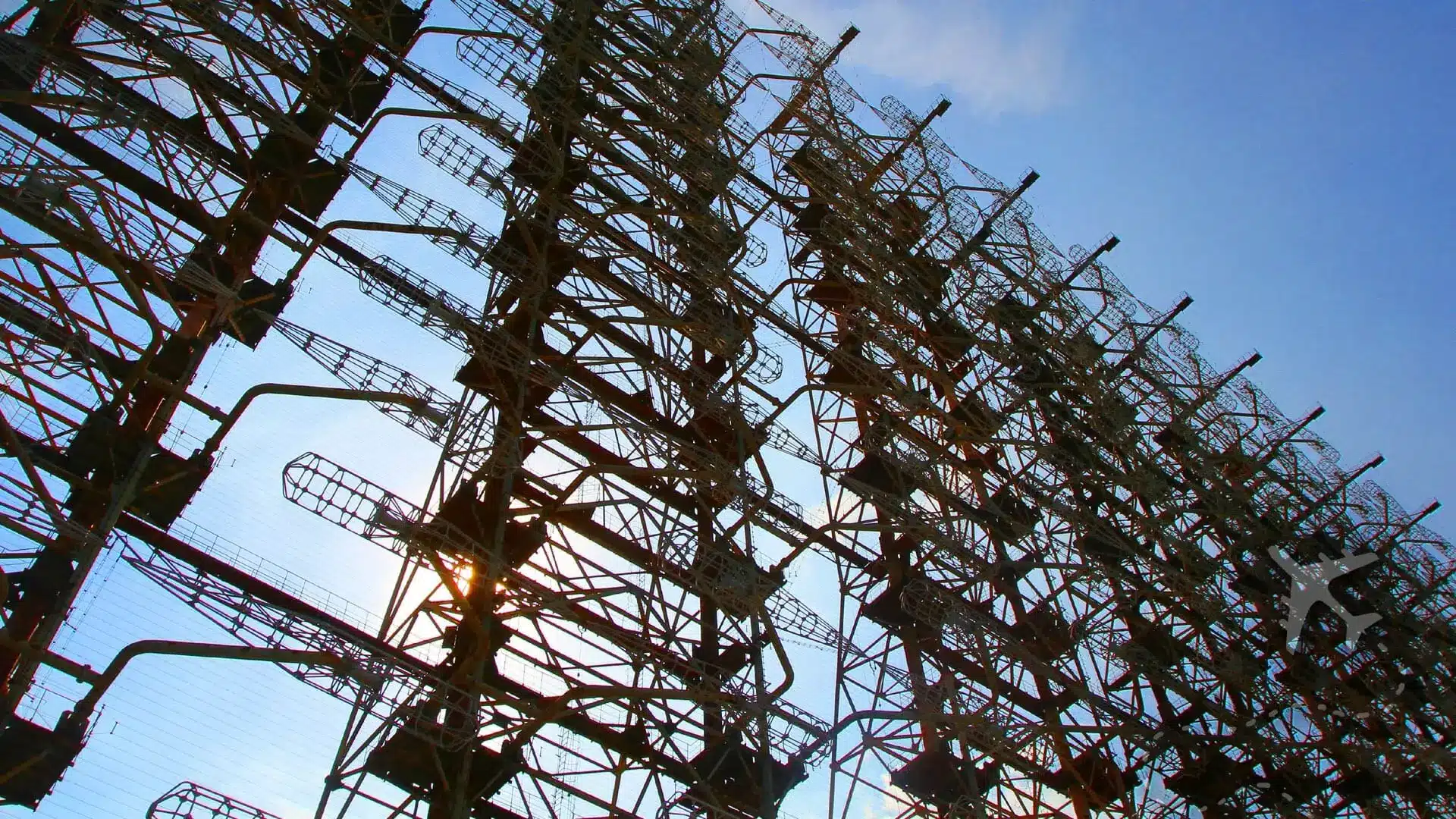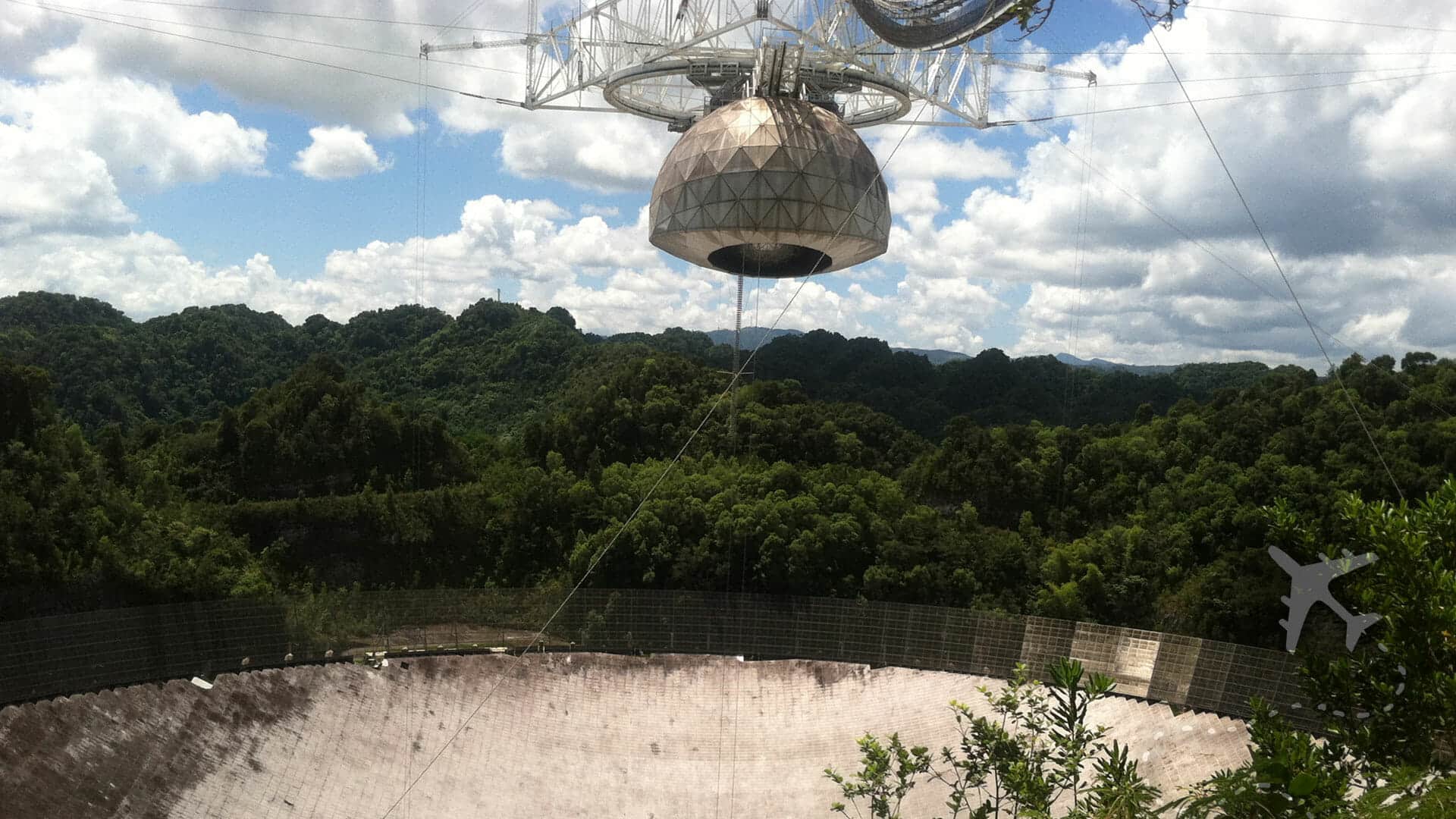Embark on an extraordinary journey to the enigmatic Duga Radar Station and unravel the secrets of this abandoned Soviet relic, where history and intrigue converge in a captivating exploration of the Cold War era.
The Duga radar stations were a massive over-the-horizon (OTH) radar array from the Soviet anti-ballistic missile early warning network. The now silent Duga-1 antenna lies just inside the Chornobyl exclusion zone; this massive steel radar receiving station detected launches of intercontinental ballistic missiles (ICBMs) headed towards the Soviet Union.
Duga-1 was commissioned in 1976 and operated until shortly after the Chornobyl Nuclear Power Plant explosion in 1986.
The over-the-horizon (OTH) antenna array and detection system was mighty, yielding upwards of 10,000,000 watts (10MW) of transmitting power. To put it in perspective, it was so powerful that low-frequency radio signals were susceptible to interference from Duga no matter where you were on Earth. Electronics manufacturers in the 1970s and 1980s knew of this mysterious tapping or woodpecker sound and began engineering filters to block it. The amateur radio community and enthusiasts started a club called “The Russian Woodpecker Hunting Club” to target and block the tapping sound heard worldwide. In the late 1980s, with the cold war winding down and the eventual fall of the soviet union, the Duga radar ceased operation.
Contents
Through the viewfinder
Duga Radar Station Uncensored
Tourism to Duga-1 is included on most one and two-day tours of the exclusion zone. All visitors must be approved through the zone administration department. Safety is a growing concern in the area as there are pockets of gamma radiation (most clearly posted) that you should avoid (unless you want to glow).
Before you arrive, you’ll see the Duga radar array from many kilometers away; the structure is gigantic – almost 50 stories tall and 1km long. The precision of 1970s Soviet-era engineering and construction of this radar array is impressive – too bad they didn’t employ the same engineers at ChNPP. I found this structure’s perfect geometry and symmetry quite remarkable because of its massive scale.
Exploring the premise will allow visitors to get up close to the now empty electronics rooms and guard shacks that kept watch for missile launches; Today, all that’s left is abandoned buildings, decaying vehicles, and destroyed electronics littering the compound.
Frequently Asked Questions
Three radar sites were built; however one was a prototype.
Duga sites are located in Mykolaiv, Ukraine (Southern Ukraine)
Duga-1 sites are located in Northern, Ukraine (Northern Ukraine)
Duga-2 sites are located in Khabarovsk Krai, Russia (Northern Russia)
Because of the massive transmission power of the Duga OTH array, it interfered with TV/radio signals mimicking a woodpecker.
The Duga-1 antenna was ceased operation shortly after the explosion at the Chernobyl reactor 4. The entire OTH program ended shortly after, in 1988.
The radar structure is massive, measuring 150 meters (450 feet) tall and 700 meters (2,100 feet) from end-to-end.
Everything you need to know before you visit the Duga Radar Station
Unveiling the Secrets of the Duga Radar Stations
8/10















Leave a Reply